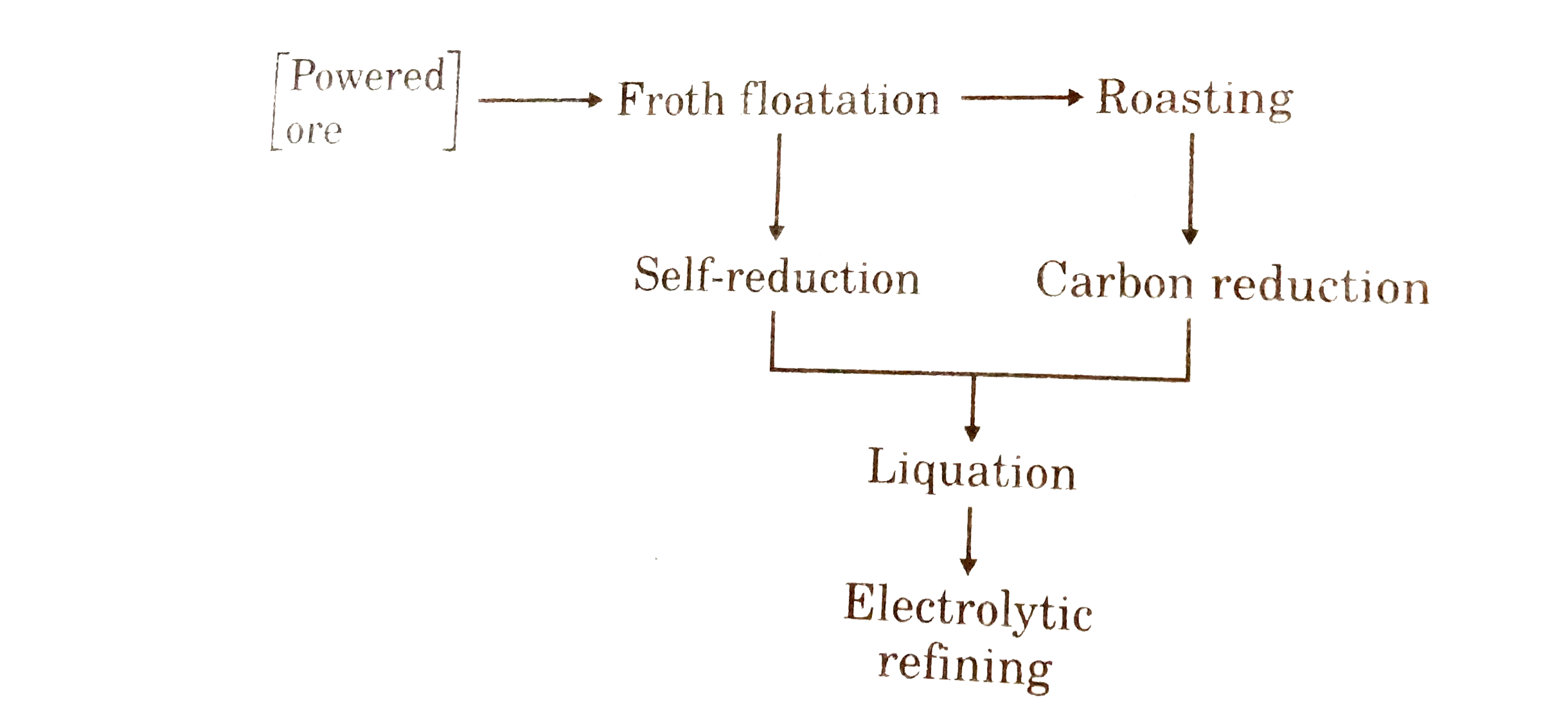Study the following table and select the correct option for P, Q, R and S.

A
P-Air/contact, Q-Cholera, R-Protozoan, S-Polio
B
P-Mosquito, Q-Measles, R-Fungi, S-Polio
C
P-Contaminated Water, Q-Polio, R-Protozoan, S-Hepatitis-B
D
P-Air, Q-Typhoid, R-Fungi, S-Measles
Video Solution
Text Solution
The correct Answer is:A
|
Answer
Step by step video, text & image solution for Study the following table and select the correct option for P, Q, R and S. by Biology experts to help you in doubts & scoring excellent marks in Class 8 exams.
Updated on:21/07/2023
Topper's Solved these Questions
- BOOK - SCIENCE OLYMPIAD FOUNDATION CHAPTER - MICROORGANISMSEXERCISE - ACHIEVERS SECTION (HOTS)5videos
MICROORGANISMS
- BOOK - SCIENCE OLYMPIAD FOUNDATION CHAPTER - CROP PRODUCTION AND MANAGEMENTEXERCISE - ACHIEVERS SECTION (HOTS)5videos
CROP PRODUCTION AND MANAGEMENT
- BOOK - SCIENCE OLYMPIAD FOUNDATION CHAPTER - NSO MODEL TEST PAPER -1EXERCISE - ACHIEVERS SECTION2videos
NSO MODEL TEST PAPER -1
Similar Questions
Knowledge Check
- Question 1 - Select One
Select the correct option(s)
 APressure in container-I is 3 atm before opening the valve.BPressure after opening the valve is 3.57 atm.CMoles in each compartment are same after opening the valve.DPressure in each compartment are same after opening the valve.
APressure in container-I is 3 atm before opening the valve.BPressure after opening the valve is 3.57 atm.CMoles in each compartment are same after opening the valve.DPressure in each compartment are same after opening the valve. - Question 2 - Select One
study the following table and find the correct pair
Afalse whorl-like inflorescence - many sessible bisexual folowers-leonotisBsingle flower-like inflorescence, -many stalked staminate and pistillate folwers- poinsettiaCfruit-like inflorescence-many sessile,staminate flowers on top,pistillate flowers at base and sterile flowers in between-ficusDfleshy axis of inforescence-many stalked, staminate flowers at base , pistillate flowers on top and sterile flowers in between -colocasia. - Question 3 - Select One
Study the following table carefully and select the correct option for 1,2,3 and 4.
 A1234(a)ProkaryoticAbsentAbsentUnicellularB1234(b)ProkaryoticPresentPresentMulticellularC1234(c)EukaryoticPresentPresentMulticellularD1234(d)EukaryoticAbsentAbsentUnicellular
A1234(a)ProkaryoticAbsentAbsentUnicellularB1234(b)ProkaryoticPresentPresentMulticellularC1234(c)EukaryoticPresentPresentMulticellularD1234(d)EukaryoticAbsentAbsentUnicellular



